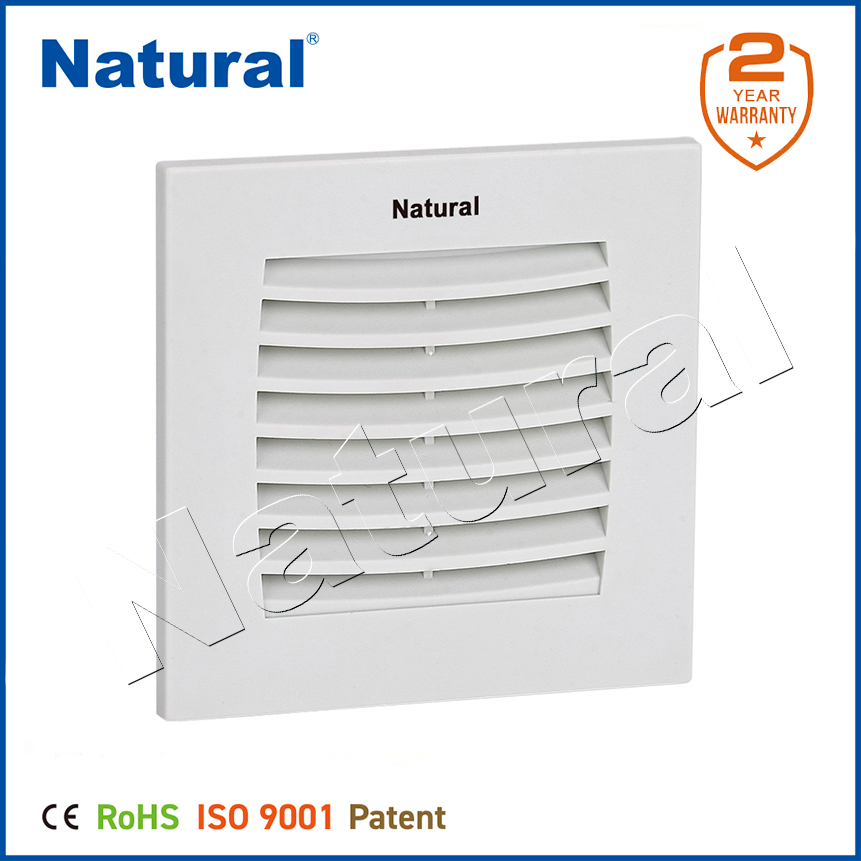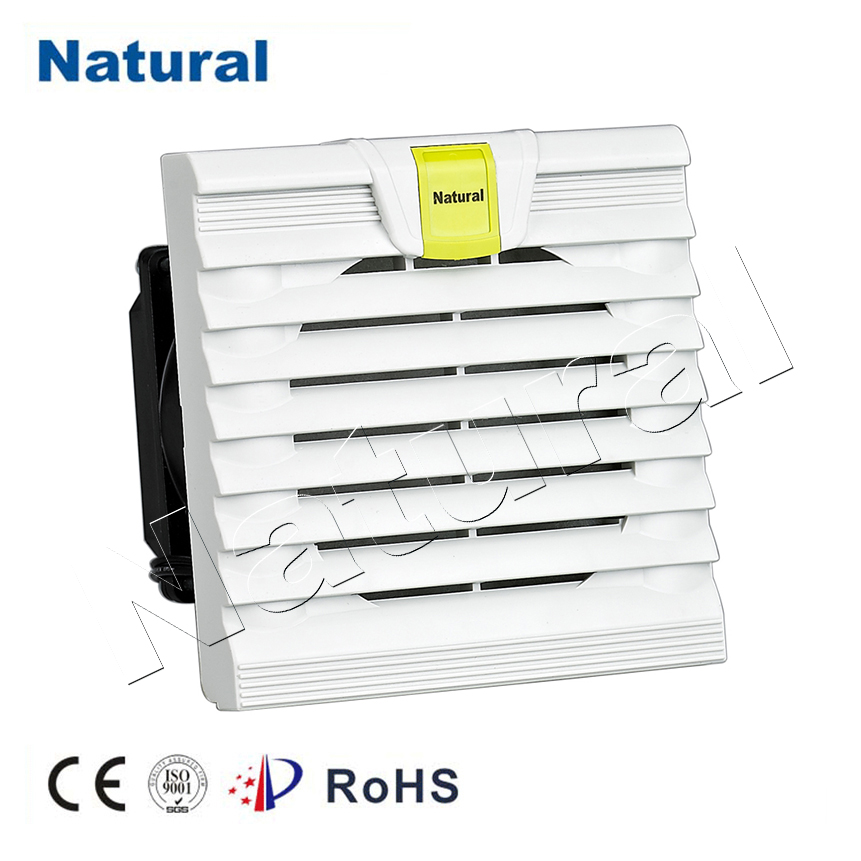In today’s world, where electronic equipment and machinery are pivotal in various industries, maintaining optimal temperature and air quality is crucial. Cabinet fans and filter fans are two such essential components that help regulate the environment inside enclosures and control the air conditions around sensitive electrical equipment. These fans not only ensure efficient cooling but also protect sensitive components from overheating and contamination. Let’s dive deeper into the importance, working mechanism, and benefits of cabinet fans and filter fans.

What is a Cabinet Fan?

A cabinet fan is a cooling device designed to be installed in enclosures or cabinets containing electrical or electronic equipment. These fans help regulate the temperature inside the cabinet by expelling hot air, which builds up due to the operation of electrical components. Cabinet fans come in various sizes and designs to cater to different types of equipment, from small desktop enclosures to large server cabinets. The main purpose of a cabinet fan is to prevent overheating of the equipment inside the enclosure, which can lead to malfunction, reduced lifespan, or even total failure of sensitive components. Overheating can occur in cabinets that house multiple pieces of equipment or in environments with limited airflow. A cabinet fan works by circulating the air and drawing out the warm air, replacing it with cooler, ambient air from the surrounding environment.
